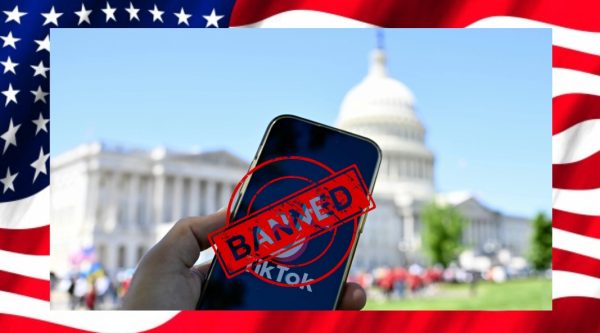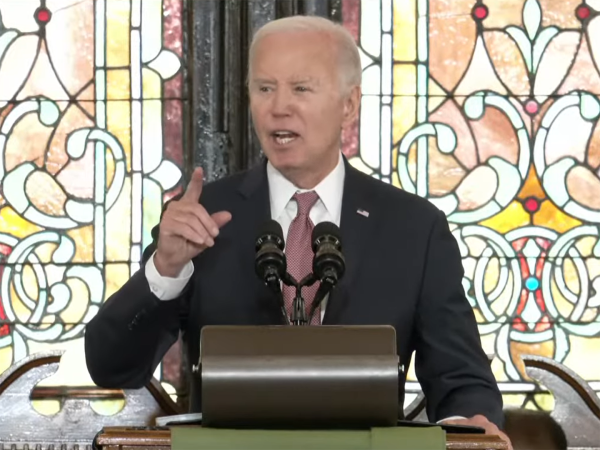Yemen Crisis
Ballistic Missile Attack Took Place on Monday.

For those, who like me, are not fully informed about the tensions in Yemen here is some background information. Problems first arose in Yemen when instability in Yemen led to the uprising through which power was transferred from the authoritarian president, Ali Abdullah Saleh to his deputy, Abdrabbuh Mansour Hadi. This uprising did not have its intended effects, instead, more problems arose in Yemen; issues of corruption, unemployment, and reduced accessibility to food, as well as dealing with the attacks by jihadists, a separatist movement in the south, and maintaining good relations between the security agents and Saleh.
The Partisans of God movement, better known as the Houthi movement, saw the new president’s weakness and tried to use it to its advantage. This movement advocates for the Zaidi Shia Muslim minority in Yemen and had been fighting to seize control in Saleh. In early 2014, they took control of the northern part of the Saada province and progressed towards the south. Eventually, they were able to take control of the Yemen capital Sanaa. Once they took over the capital, they took on the even greater task of overtaking the entire country of Yemen. The president, Mr. Hadi, was forced to flee abroad in March 2015.
Fearing that this movement could be backed by Iran’s movement and the regional Shia power, Saudia Arabia and eight allies started an air campaign hoping to overtake the Houthi movement, restore Mr.Hadi’s government, and end Iranian influence in Yemen. The air campaign received further support from the US, UK, and France. Since then, there has been an ongoing military stalemate for the past 6 years.
As previously mentioned, that was just the background information regarding the origins of this war, much more has happened in the past 6 years.
This week two attacks took place by Yemen Houthi rebels targeting the Emirati capital. On Monday, thankfully, the United Arab Emirates and the U.S. military were able to intercept the attempted missile attack on Abu Dhabi. Although the Southeast Arabian Peninsula has been close to several attacks, up to this moment, it had not faced any attacks directly on its territory. This recent attack heightened the tensions throughout the Persian Gulf, as the war continues and Iran’s nuclear deal with world powers collapsed. During the attack, the 2,000 American troops in the Al-Dhafra Air Base in the Yemen capital, hunkered down in the bunkers and returned fire using Patriot missiles. Luckily, the return fire of the Patriot missiles prevented the Houthi missiles from reaching their target.
The spokesman for the Houthi military, Yehia Sarei, publically announced that the rebels are using missiles and drones to target places in the United Arab Emirates, including the Al-Dhafra Air Base, and will continue to do so until the attacks on the Yemeni people ceased. Sarei warns that it’s best if foreign companies and investors leave until the situation becomes stable.
The attacks have led to a 2% shut down of the Dubai Financial Market, forcing almost every company to trade down.
Americans living in the UAE have been alerted by the U.S. embassy to maintain high-security awareness. They have been given instructions on how to deal with the ongoing missile strikes.
A meeting took place on last Monday between Jake Sullivan, the U.S. National Security Advisor, and both Emirati and Saudi ambassadors. The Houthi attacks and means of holding the Houthis accountable was the main topic of the meeting.
The defense ministry of the United Arab Emirates posted a video on Twitter featuring an F-16 attacking the machine used to launch the missiles launched in the Abu Dhabi attack. The National, a state-linked newspaper in Abu Dhabi, found that the F-16 belonged to the Emirati. This poses the question, to what extent is the United Arab Emirates involved in this war considering it withdrew a majority of its ground forces in 2019. This strike took place in the al-Jawf province in Yemen. Planet Labs PBS provided a satellite image that affirmed that this strike took place southwest of Abu Dhabi.
The missile used by the Houthis movement is called the Zulfiqar ballistic missile and is likely to have a range of 930 miles. The Zulfiqar is modeled after the Iranian Qiam missile, however, Iran states to hold no responsibility in providing the Houthis with arms. Despite Iran’s claim, experts and analysts from the United Nations have identified the weapons equipped by the Houthis to be linked to the arsenal found in the capital of Iran, Tehran.
Last week, prior to the missile attack, the Houthis claimed to be responsible for the attack on the airport and an Abu Dhabi National Oil Co. fuel depot using drones and cruise missiles, wounding six and killing three people. The United Arab Emirates has not yet released the images of the attacks and journalists have been barred from seeing them.
Recently, the coalition backed by the UAE, hoping to punish the Yemen Houthi Rebels, released a series of airstrikes on Yemen. This knocked out the country’s internet, cutting Yemen off from the rest of the world for days. Additionally, these airstrikes killed over 80 people in a Yemen detention center. Luckily, the internet was recovered early Tuesday.

These airstrikes angered the Houthis, leading to threats of revenge against the Emirates and Saudi Arabia. Following this threat, a missile was launched by the Houthis and landed in an industrial area in Jizan, Saudi Arabia resulting in 2 foreigners being wounded and a deep crater in the ground.
Additionally, Houthi officials were quoted in an Iranian newspaper called Kayhan, stating that the UAE would be attacked again. This article was headlined: “Evacuate Emirati commercial towers.”
Sources:
https://abcnews.go.com/International/wireStory/uae-intercepts-ballistic-missilles-abu-dhabi-82432668
https://www.npr.org/2022/01/24/1075261342/u-a-e-intercepted-two-missiles-from-yemens-houthis
https://www.npr.org/2022/01/25/1075493673/yemens-houthis-have-launched-two-attacks-against-the-u-a-e-heres-why












